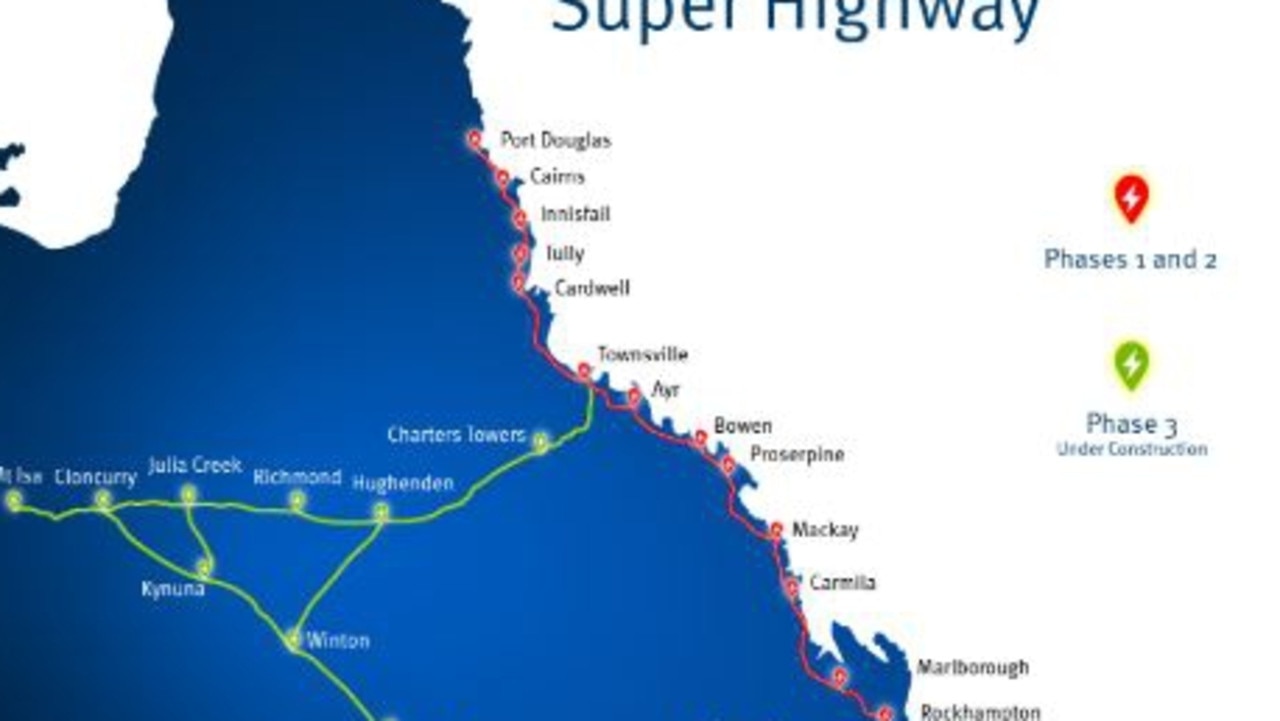BMA signals investment collapse in Central Queensland
From port infrastructure to technological improvements at mine sites, one mining giant is sending warning flares that future investment is on the cusp of disintegrating. Here’s what the damage could be.

Business
Don't miss out on the headlines from Business. Followed categories will be added to My News.
Central Queensland is facing a potential breakdown in new investment, with one mining giant signalling bluntly it will not put any more money into the region because of the state government’s new coal royalties.
BMA asset president Mauro Neves said his company had put $17bn into Queensland in the past 10 years but the new rates had demolished any appetite for future investment, using his company’s $700m investment in the Hay Point Coal Terminal to hammer home the dramatic shift in outlook.
“We are currently completing a $700m upgrade to the Hay Point Coal Terminal in Mackay,” he said.
“It would be hard to make the same decision today and invest in the port due to the government’s royalty rise and significant increase in the sovereign risk associated with Queensland.”

Alongside Hay Point, the company has funnelled billions of dollars into Central Queensland, including $3.9bn to construct the Caval Ridge mine, $1.6bn to build the Daunia mine and $100m to introduce autonomous haulage at Daunia.
In the company’s latest results report, BHP CEO Mike Henry said investments such as these were off the table “for the time being”.
“We have had the changes with the Queensland royalty regime, which were quite sudden, did not involve any engagement with industry which has been a significant increase in the sovereign risk associated with Queensland, which has caused us to say, we really can’t deploy further capital into that business for the time being and we’ll go back and reassess what the plans for the business are going forward.”
The company has also stated the royalty increases could expedite the closure of its Bowen Basin mines.
“BHP is assessing the impacts on BMA economic reserves and mine lives as a result of the increase in coal royalties by the Queensland Government,” Mr Henry said.

“The near tripling of top end royalties has worsened what was already one of the world’s highest coal royalty regimes, threatening investment and jobs in the state.”
The new royalty regime adds three tiers to the existing tiered structure, with companies now paying 20 per cent on the dollar when coal prices exceed $175 per tonne, 30 per cent on the dollar when prices climb beyond $225 per tonne and 40 per cent when they exceed $300.
The royalties are also tipped to hammer the state’s burgeoning critical minerals industry.
A Queensland Resources Council survey released this week shows 31 per cent of non-coal resource chief executives expect to cut jobs at their operations in the next five years as they look to invest elsewhere.
Greater Whitsundays Alliance CEO Kylie Porter said BHP’s announcements were concerning but it was not time to hit the “panic button” given the region’s competitive advantages in new and emerging industries.

“It will be incredibly important especially in the global climate and as we move forward that we harness the skills and expertise that the resources sector has provided our region,” she said.
“It is the skill base of our region’s workforce that will perfectly place our region to adapt and grow those new and emerging industries like aerospace, defence, critical minerals.”
In budget week, Mr Dick argued the new royalties would help pay for better services in the regions, including a new hospital for Moranbah.
“Our new progressive coal royalties will fund new and better hospitals in regional Queensland, in places like Moranbah in the electorate of Burdekin,” Mr Dick said.
The royalties have been in effect since July 1 and have raised an estimated $1.2bn in two months.





